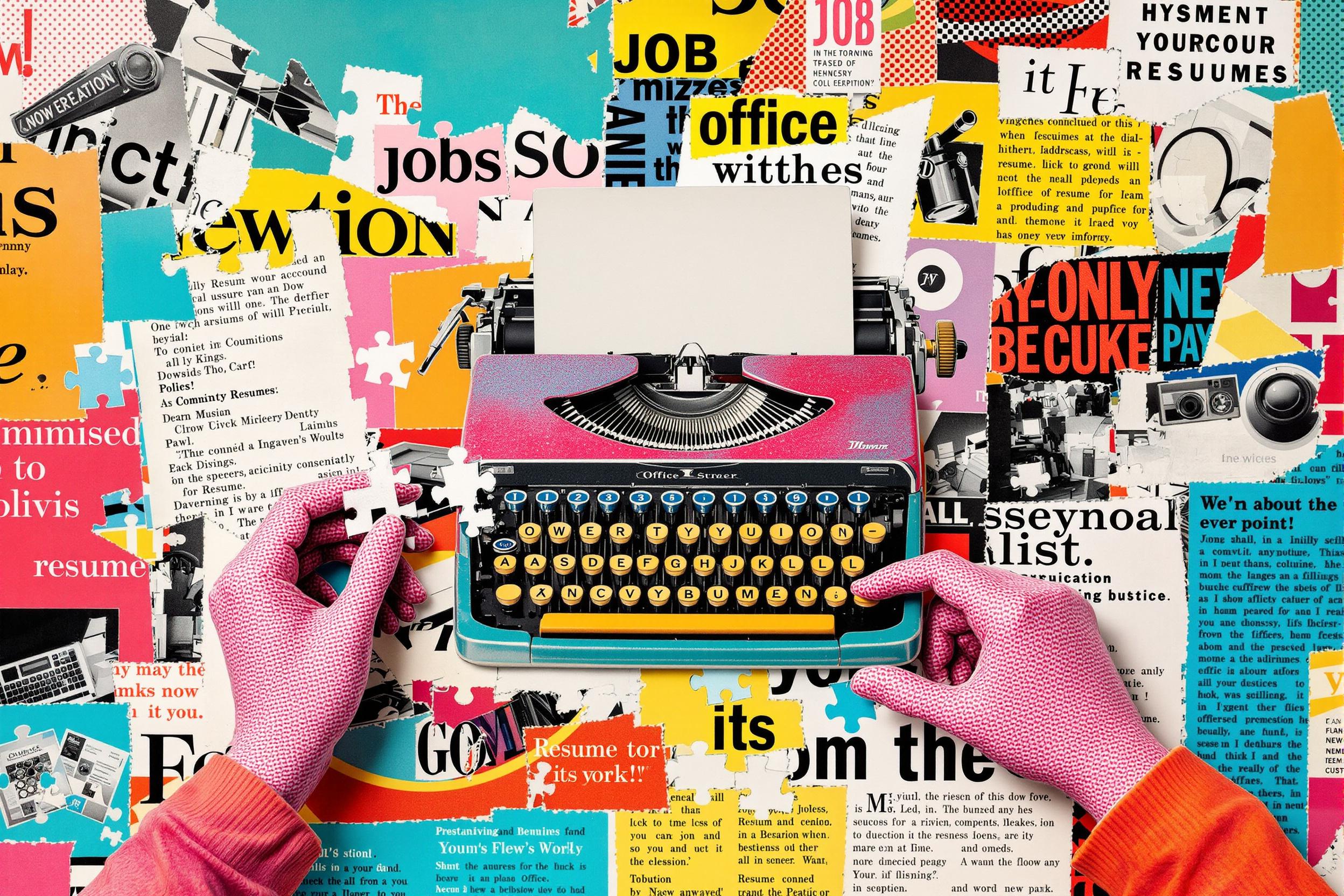
Typography
Typography is the art and skill of arranging text to make written content both appealing and easy to read. Think of it as the way words look on a page or screen - including choosing fonts, spacing between letters, and how text is laid out. In publishing, typography plays a crucial role in making books, magazines, and digital content reader-friendly and professionally polished. It's similar to interior design, but for text - making sure everything from chapter headings to body text looks good and works well together. When you see this term in resumes, it typically means the person knows how to make text look professional and readable, which is essential in publishing and design.
Examples in Resumes
Designed and implemented Typography standards for a series of educational textbooks
Improved readability of digital publications through expert Typography and layout choices
Led Typography and design direction for award-winning magazine redesign
Applied Typographic principles to enhance user experience in digital reading platforms
Typical job title: "Typography Designers"
Also try searching for:
Where to Find Typography Designers
Professional Associations
Online Communities
Job Resources
Example Interview Questions
Senior Level Questions
Q: How would you approach developing a new typographic style guide for a publishing house?
Expected Answer: A senior designer should discuss analyzing the publisher's needs, considering different book categories, creating consistent standards across publications, and developing guidelines that both experienced and junior designers can follow.
Q: How do you balance traditional typography rules with modern digital reading needs?
Expected Answer: Should demonstrate knowledge of both print and digital requirements, explaining how to maintain readability across different devices while keeping the publisher's style consistent.
Mid Level Questions
Q: What factors do you consider when choosing fonts for different types of books?
Expected Answer: Should explain how they consider the book's audience, genre, reading environment, and production methods when selecting and pairing fonts.
Q: How do you ensure consistency in typography across a book series?
Expected Answer: Should discuss creating and maintaining style sheets, documenting decisions, and implementing quality control processes.
Junior Level Questions
Q: What are the basic elements of typography you consider when laying out a page?
Expected Answer: Should mention font size, line spacing, margins, and readability, showing basic understanding of page layout principles.
Q: How do you ensure text is readable in both print and digital formats?
Expected Answer: Should discuss basic differences between print and digital typography, including font choices and spacing considerations for different mediums.
Experience Level Indicators
Junior (0-2 years)
- Basic font selection and pairing
- Understanding of spacing and alignment
- Knowledge of common publishing software
- Basic page layout skills
Mid (2-5 years)
- Advanced layout techniques
- Cross-platform typography
- Style guide implementation
- Quality control processes
Senior (5+ years)
- Typography system development
- Team leadership and training
- Complex publication design
- Digital and print expertise
Red Flags to Watch For
- No knowledge of standard publishing software
- Unable to explain basic typography terms
- No experience with different publication types
- Lack of understanding about accessibility in typography
- No awareness of print production requirements
Need more hiring wisdom? Check these out...

Speak Their Language: How Localized Job Descriptions Unlock Regional Talent

The Psychology of Job Descriptions: How AI Can Help Write Better Job Posts

Why Your Hiring Process is a Maze (And How Design Thinking Can Turn It into a Superhighway)

